Guy in Coma Awakes After 12 Years – “I Was Aware of Everything”
Martin Pistorius was in a presumed vegetative state for over a decade, with no awareness or hopes of recovery. Both his family and doctors accepted this prognosis, but Pistorius’ mind was awake, taking in every sight, sound, and haunting silence of his real-life nightmare. In a cruel, cosmic joke, the mysterious neurological disorder that left the South African man paralyzed from head to toe at age 12 had locked him into a prison of total consciousness.
He could see and hear everything around him as well as feel pain and emotions but had no way to let anyone know he was still there. It wasn’t until he began making tiny head movements that his miraculous inner existence finally became known to the outside world. What followed was a grueling battle to re-awaken Pistorius’ atrophied body and mind after over a decade of invaluable stimulation and basic care. Against all odds, he overcame the unimaginable torment to begin rebuilding a life once thought hopelessly lost…
An Unexplainable Medical Mystery
While the medical mystery of Martin Pistorius remains just that, there are a few potential causes for leaving him in a coma at 12 years old. Some of these causes could be viral infections, autoimmune disorders, genetic abnormalities, or structural brain lesions. However, none of these were ever conclusively identified.
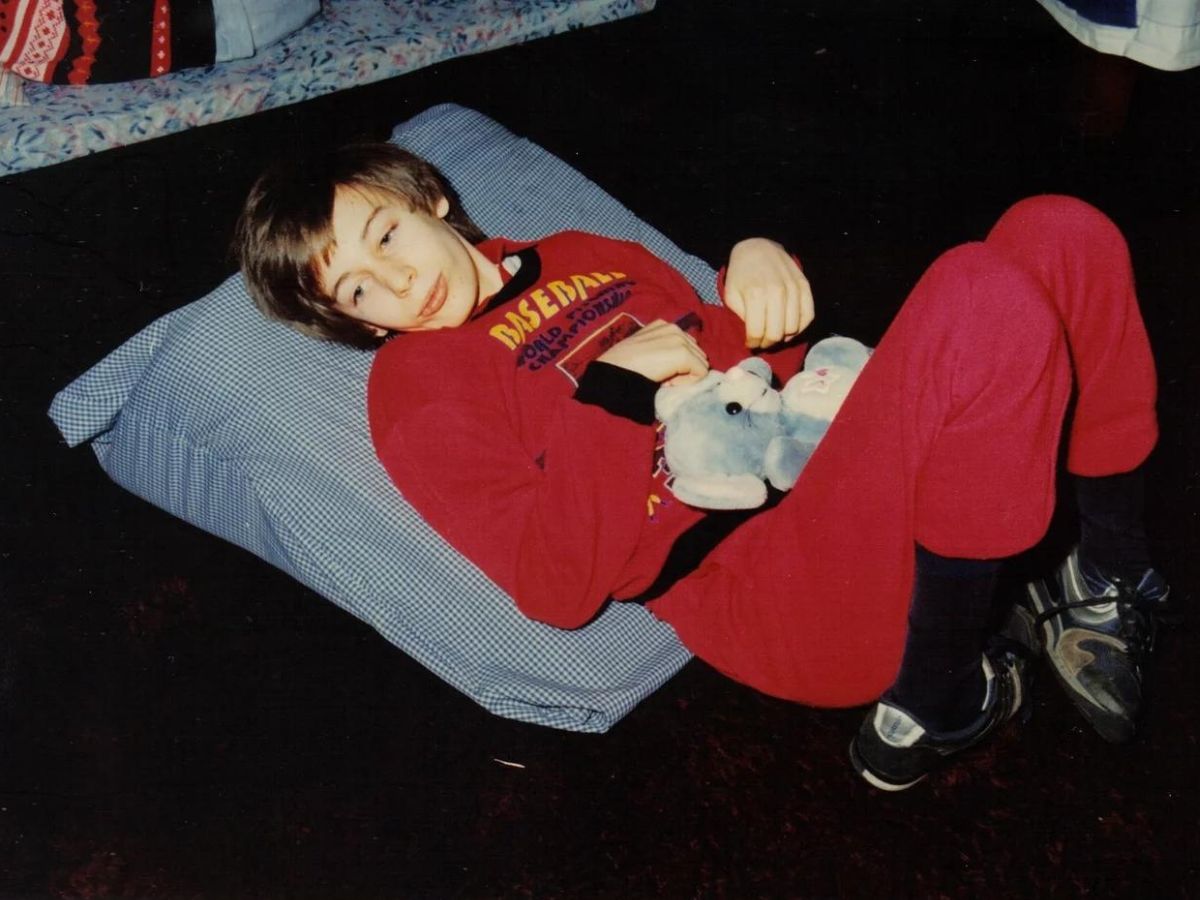
Source: Martin Pistorius submitted to NPR
Even after regaining consciousness, the original source may still be unclear. In-depth case studies, analysis of medical records, and neurology/genetics advances could help unravel this extremely rare case’s origins.
Before Disaster Struck
Martin was an active and outgoing child who had a passion for playing rugby. Prior to his coma, Martin had the typical childhood of growing up in a close-knit family in South Africa.
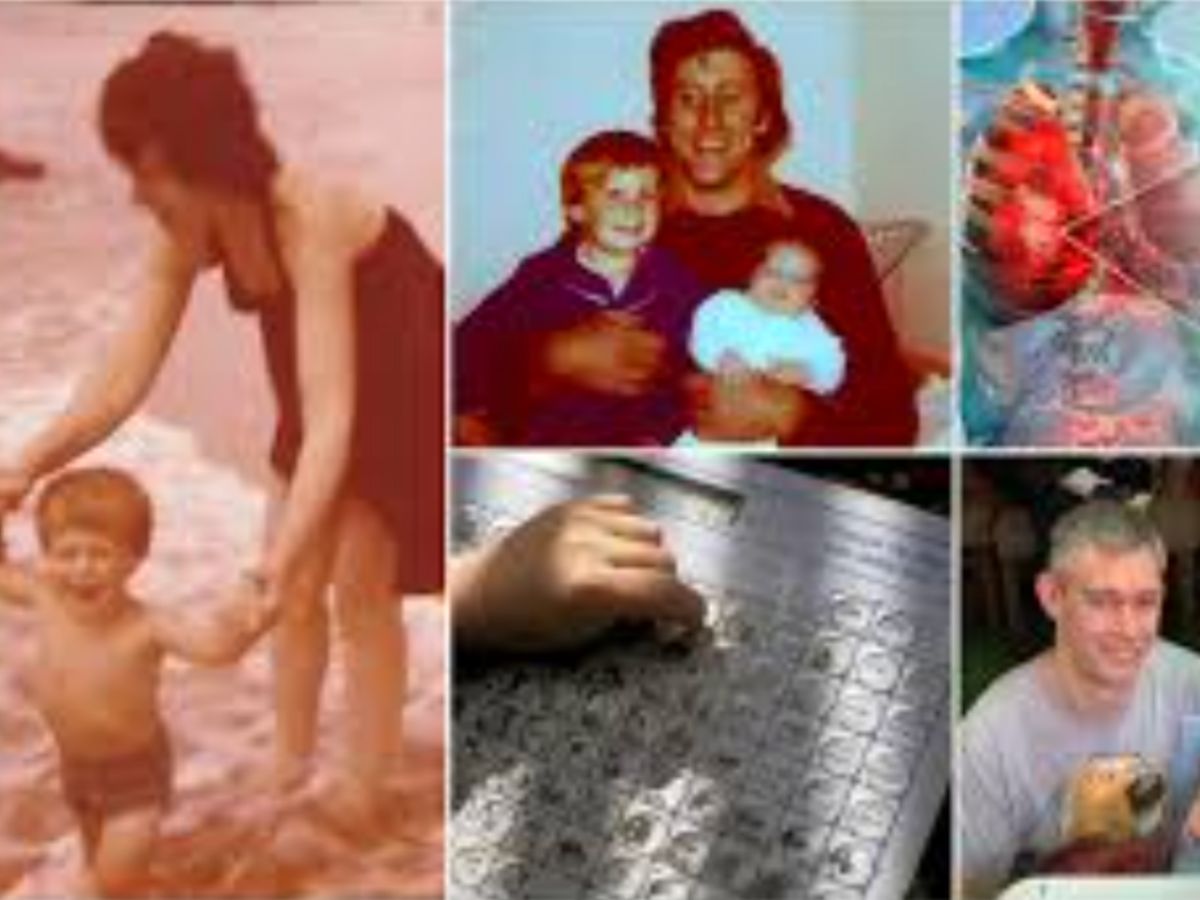
Source: Martin Pistorius
By all accounts, he had a normal, joyful childhood and showed immense potential – making his abrupt paralysis and unresponsive state all the more devastating to those who knew his vibrant spirit. Rediscovering the boy he had one been became an important milestone in his miraculous revival.
A Shocking Advancement
After years of being unresponsive, his family and doctors first noted minor but profound movements. Martin was able to turn his head slightly and make eye contact when prompted.
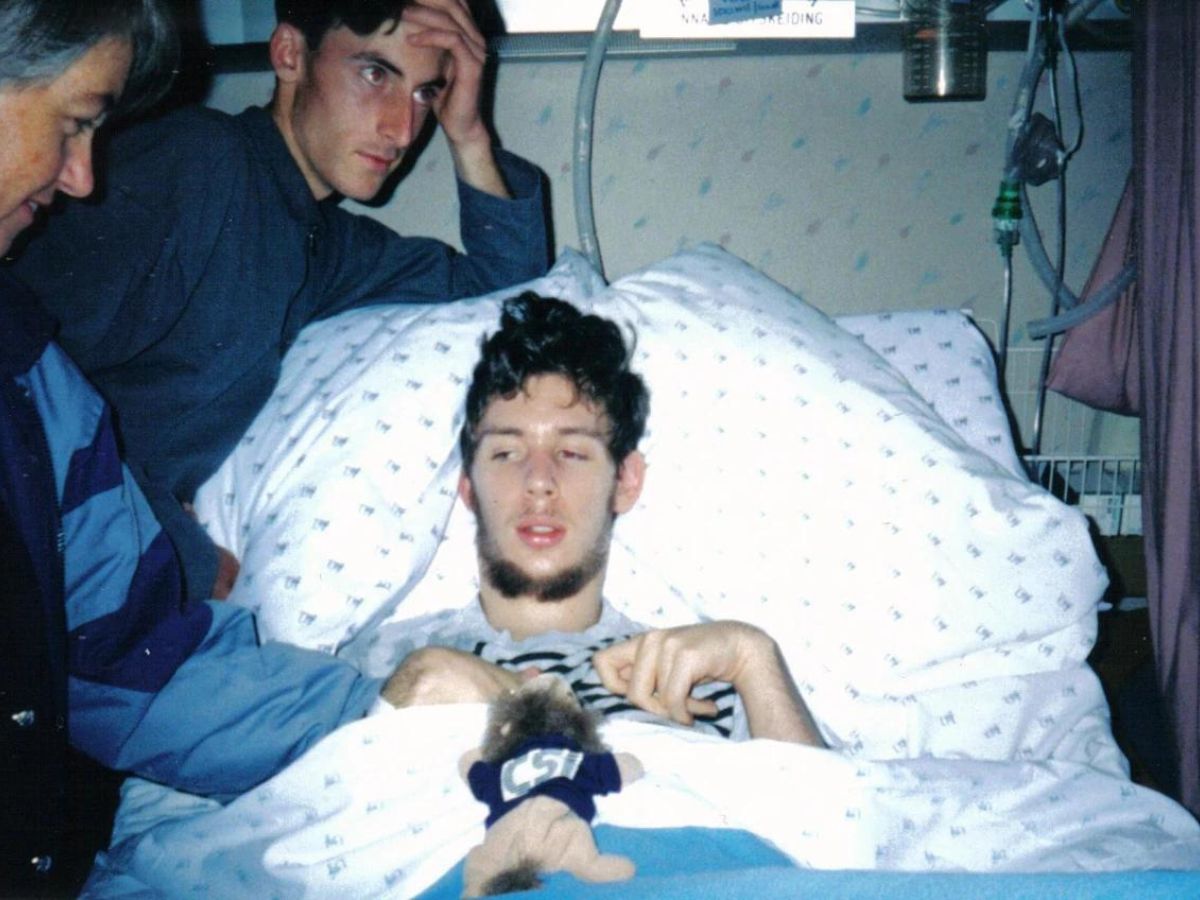
Source: Martin Pistorius
These initially fleeting signs of consciousness sparked hope that he was indeed aware and still present, trapped within his paralyzed body. Increasingly frequent responses confirmed the miraculous truth that his mind had been intact throughout the long coma.
Trapped in his Own Body
Imagine attempting to sit still in silence for a few minutes, that was Martin’s reality for over a decade. His mind was active, perceiving everything around him, yet his body was unresponsive.
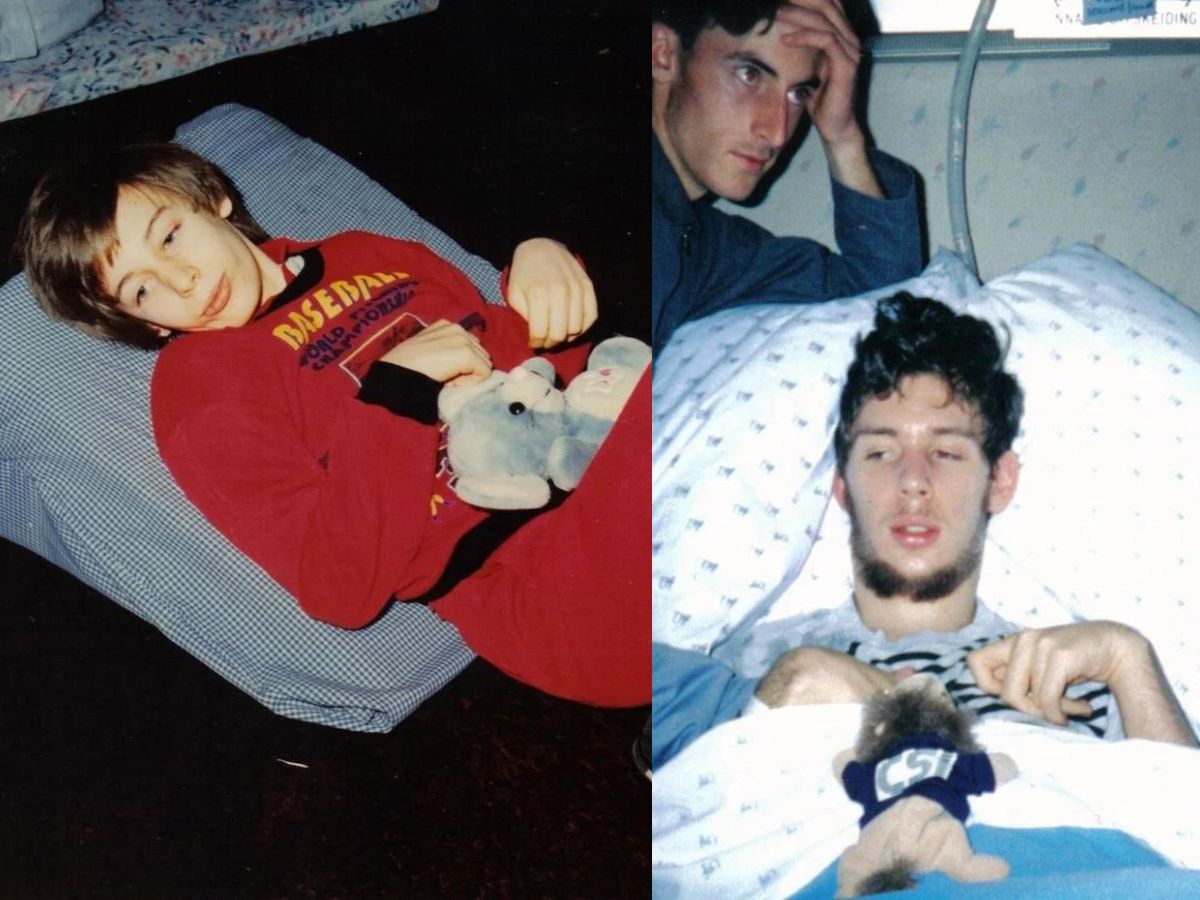
Source: Martin Pistorius
He felt emotions, sensations, and pain, but had no way to let anyone know he was still present. His conscious existence was a nightmarish limbo, a prisoner in his own paralyzed form, desperately trying to re-establish a connection to the outside world.
A Determined Effort
Despite very little faith or hope, his family would relentlessly try potential therapies in order to rouse his vegetative state. Some of the common efforts were massages, audiobooks, and familiar voices.

Source: Martin Pistorius/ @martin.pistorius/ Facebook
Loved ones constantly engaged him, never giving up on establishing reconnections across his seemingly permanently severed neural pathways. Their persistence, coupled with inexplicable neurological resilience, may have prevented further cognitive unraveling and set the stage for his miraculous re-awakening.
Reawakening His Mind
Slowly piecing back together Pistorius’ shuttered cognitive abilities was like reassembling a profoundly neglected puzzle. After 12 years starved of new inputs, his brain had to relearn processing sensory information and accessing dormant knowledge.
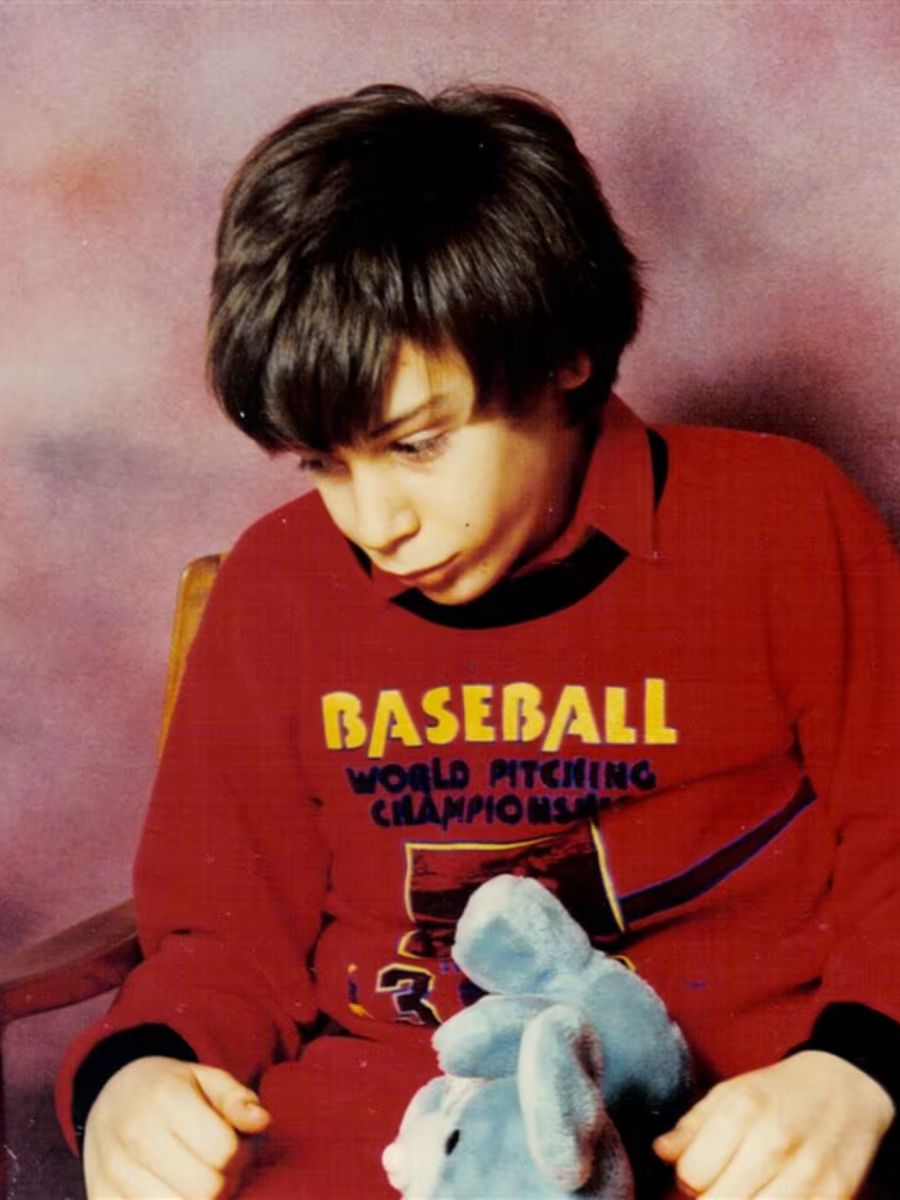
Source: Martin Pistorius
Rehabilitating functions like memory, concentration, and comprehension required intensive neurological retraining.
A Heroic Battle
Being in a coma state for over a decade left his body in a debilitated state. His muscles atrophied to a skeletal condition. Even simple abilities like swallowing, grasping, and speech were difficult.
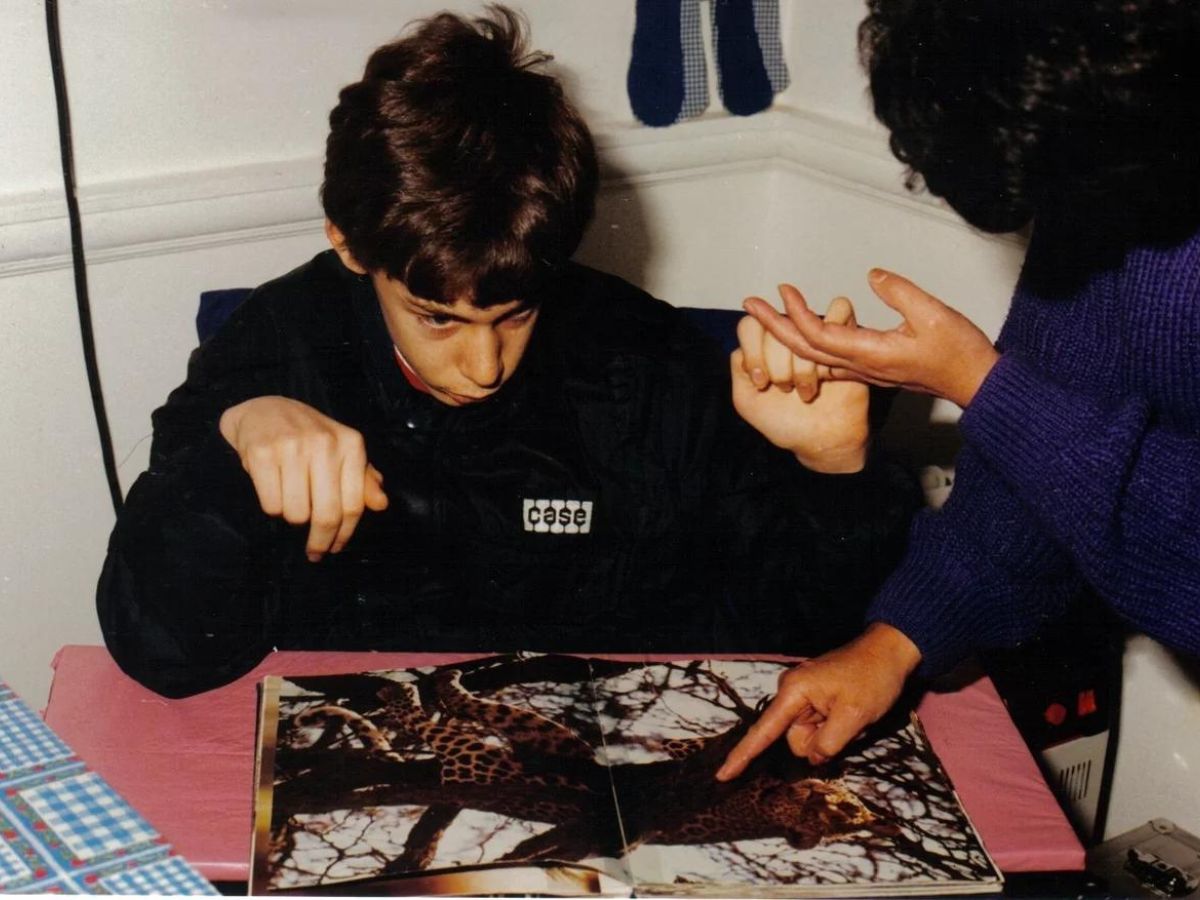
Source: Martin Pistorius submitted to NPR
Every minor muscle movement was a hard-won battle against anatomy’s inertia after being systematically erased from his neuromuscular memory. Overcoming the physiological deficits required heroic efforts.
Faith Against All Odds
Given his family’s continued efforts to stimulate and never give up hope, they relied on unwavering faith for a lifeline. Their deep spiritual beliefs gave them fortitude to never abandon their vigil over his semi-conscious state.
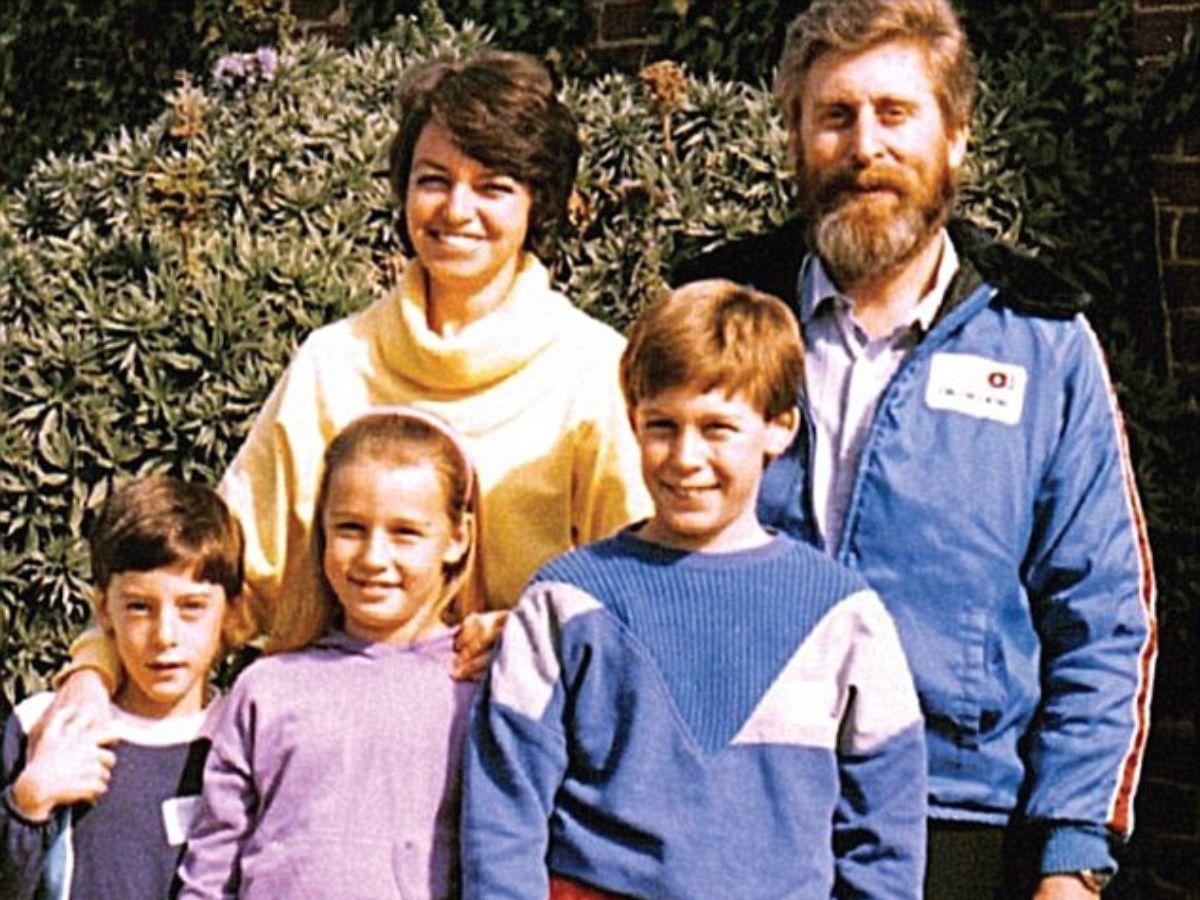
Source: Martin Pistorius
Their devotion, combined with inexplicable physiological resilience, created the conditions for Pistorius’ miraculous reemergence against all odds.
Love Triumphs
After long hours of rehab, Pistorius eventually met and married his wife Joanna. Martin was able to overcome years of darkness and form an intimate and special relationship.
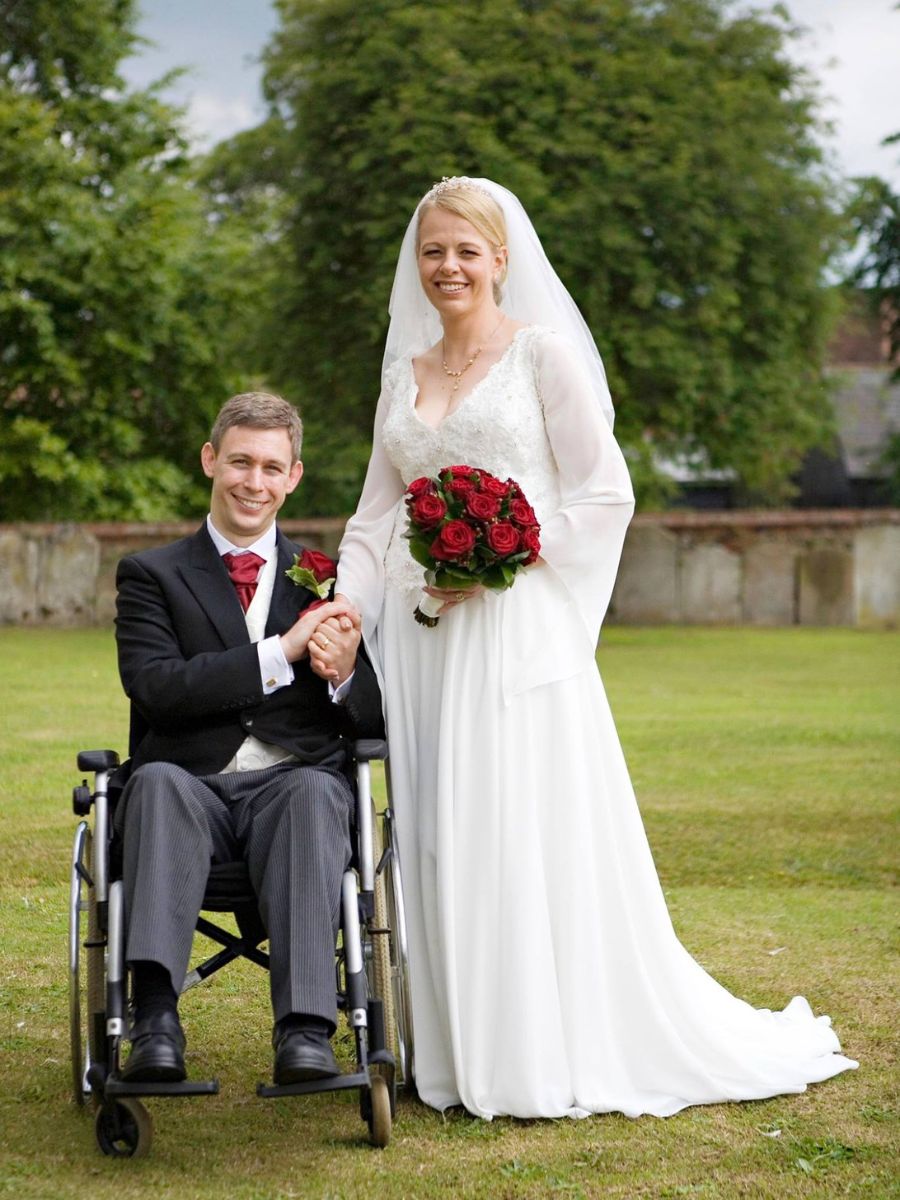
Source: Martin Pistorius/ @martin.pistorius/ Facebook
Their union and family symbolize Pistorius’ astonishing triumph over unconsciousness to reclaim an impossible new lease on life.
A Long Road to Recovery
Martin was forced to go through intensive daily rehabilitation for daily functions. Cognitive skills like memory, processing, and concentration were built through neurological therapies.
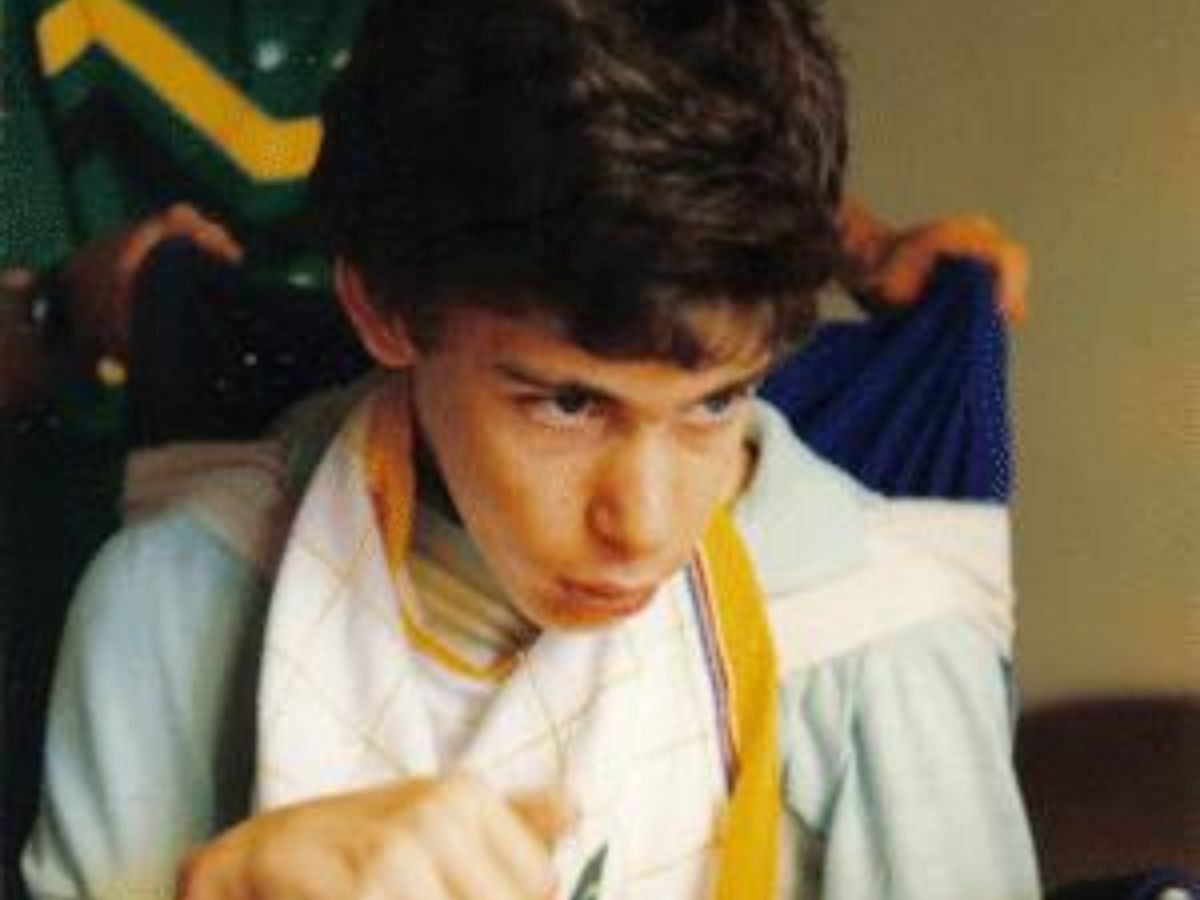
Source: Martin Pistorius/ http://www.ghostboybook.com
The intensive regimen of physical, occupational, speech, and neurological rehabilitation demanded heroic efforts and patience. Systematically reactivating long-unused neural pathways and muscle memories was an arduous process of rewiring his mind-body connection.
Adjusting to a New World
Aside from therapy, one of the most daunting tasks for Pistorius was reentering society. The number of technological advancements, cultural shifts, and changing relationships during his coma were astronomical.
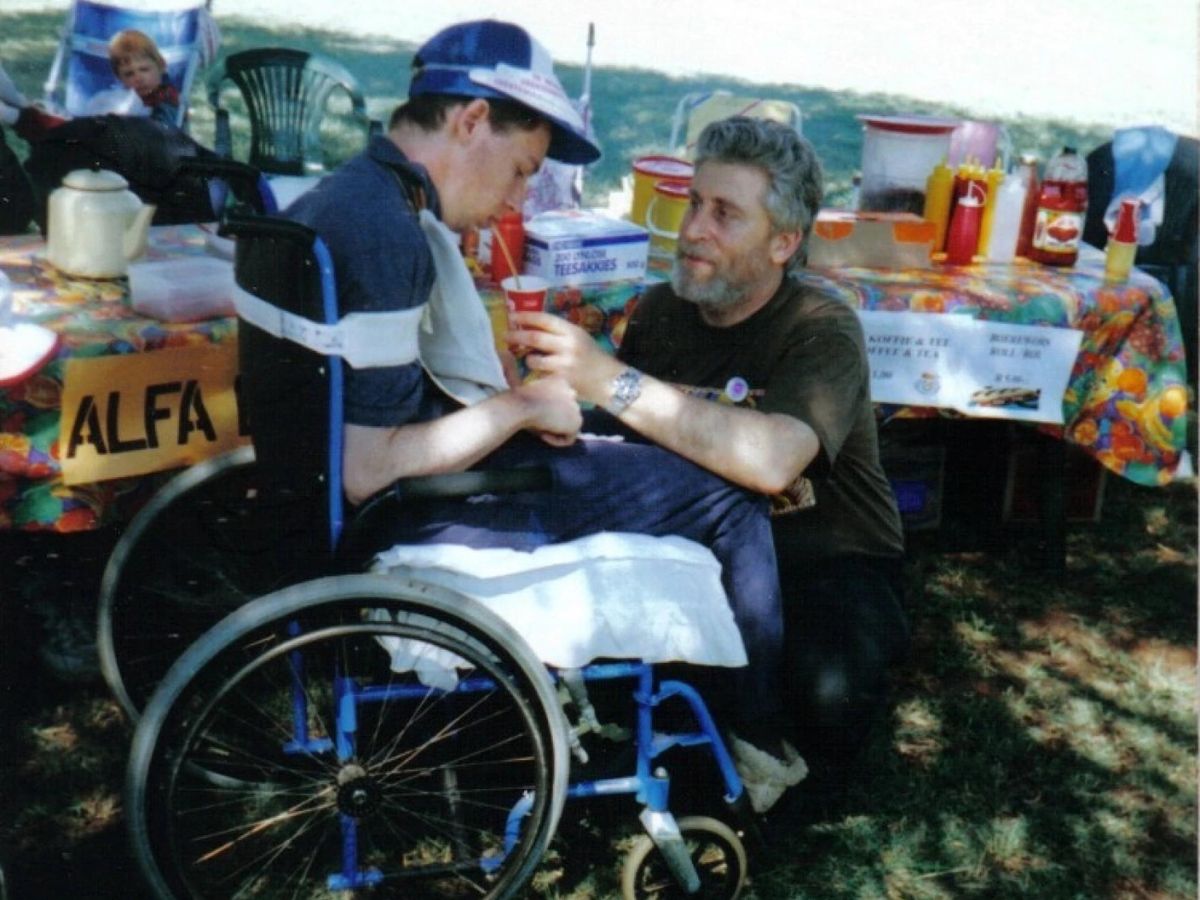
Source: Martin Pistorius submitted to NPR
He also had to adjust to missing school, finding careers, and losing out on life milestones. Many would argue that reentering society was just as hard as the therapy, if not harder.
Cherishing Every Moment
Emerging from over a decade suspended in a conscious void stripped Pistorius of assumptions about life’s certainties. His utter inability to control his existence during that prolonged darkness bred profound gratitude for regaining autonomy. Experiencing humanity’s cruelest psychological torture – intact awareness trapped in paralysis – instilled unshakable appreciation for modest faculties.
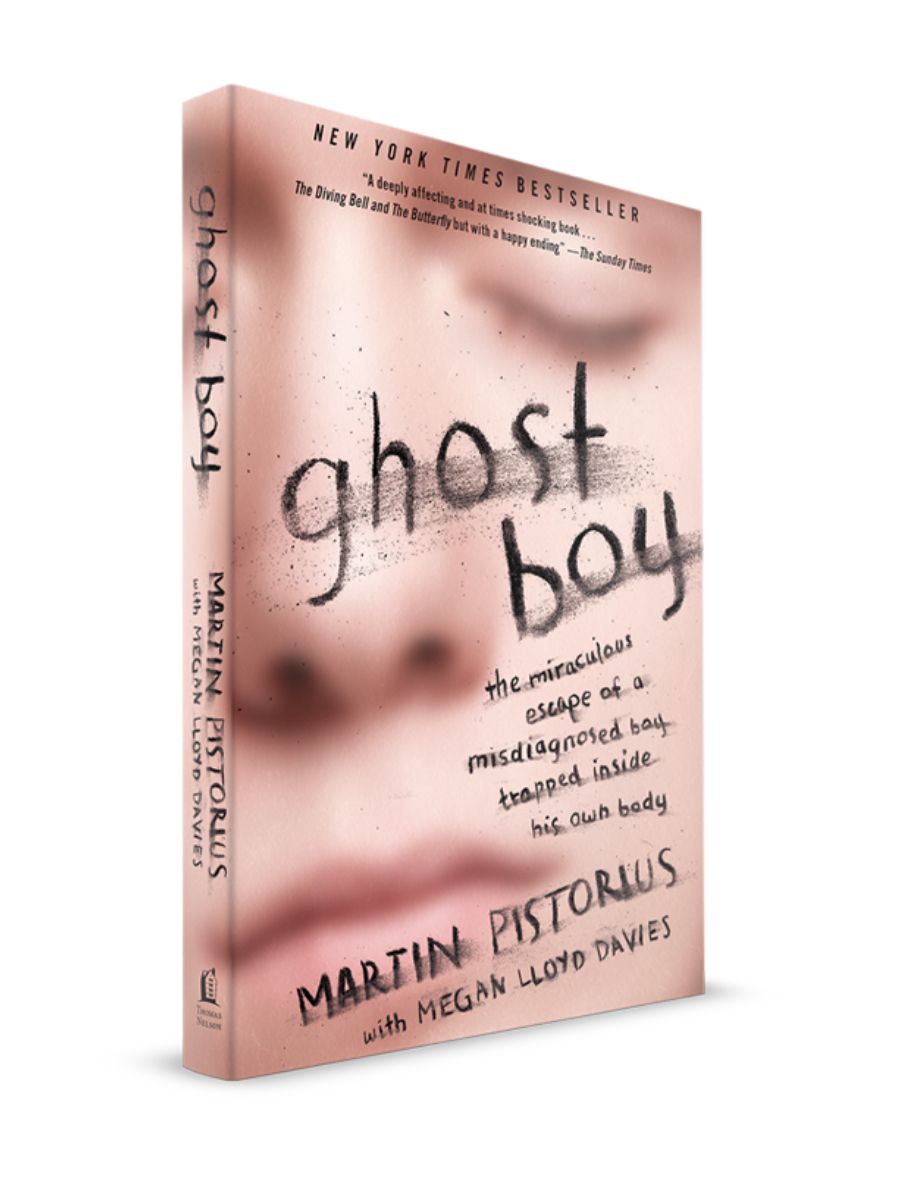
Each relearned skill reaffirmed the preciousness of cognition and independence. Pistorius’ harrowing journey from oblivion crystallized his purpose to cherish and maximize every hard-won ability before memories inevitably fade again.
A Phenomenal Medical Miracle
Martin is a walking anomaly and his reawakening simply defied beliefs of neuroplasticity limits. His case shows the brain’s underestimated capabilities to preserve consciousness and cognition.
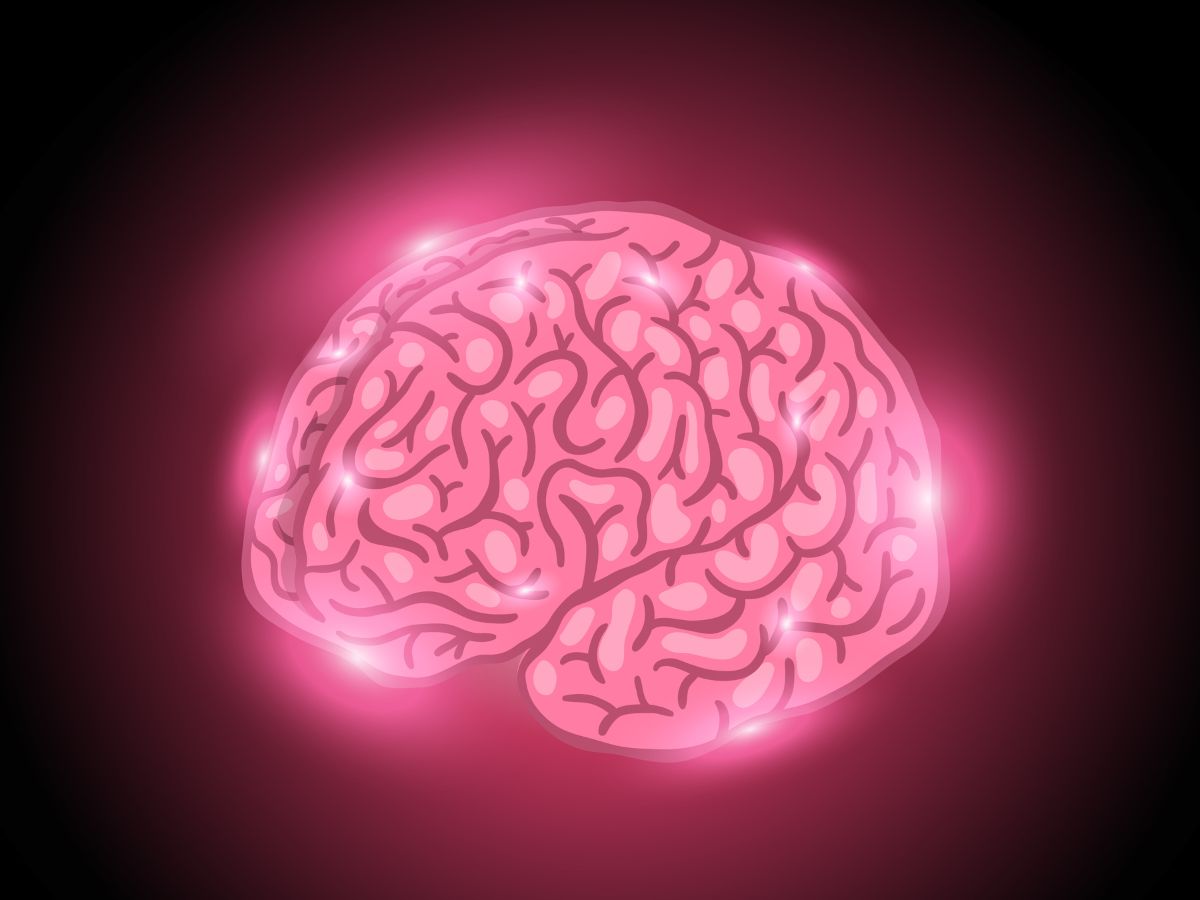
Source: macrovector / Freepik
Studying how and why Pistorius’ consciousness remained intact, while unlocking mechanisms supporting his cognitive and physiological rebuilding, could reshape neurology’s understanding of disorders of consciousness and conceiving treatment possibilities.
Controversial Ethical Decisions
While it is a miracle for Martin to have returned from his vegetative state, it does raise a few ethical considerations for assessing unresponsive patients’ cognitive awareness and making end-of-life decisions.
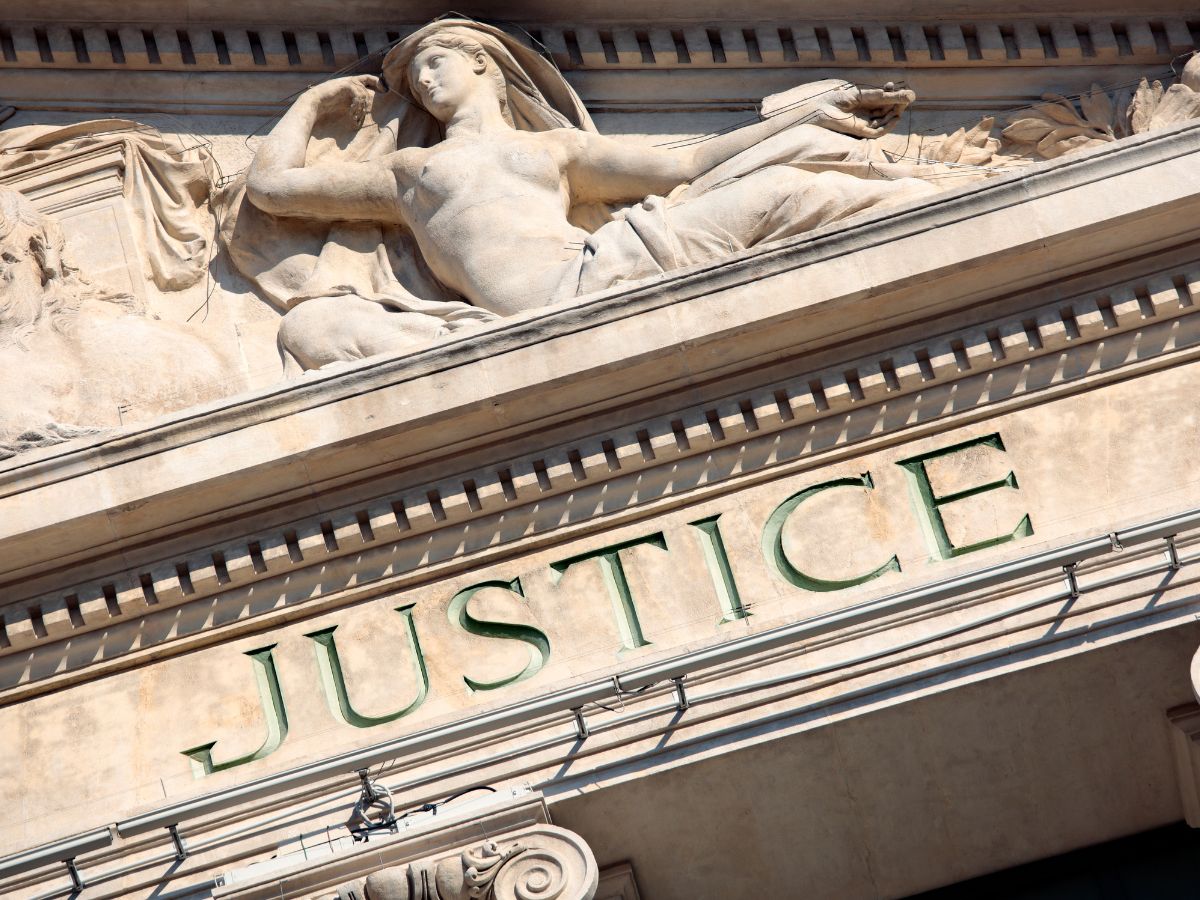
Source: kstudio (Canva Pro)
Martin was tortured on a daily basis and despite his covert consciousness, it raises concerns about prematurely removing life support based on imperfect diagnoses. Balancing rights, human dignity, and mitigating suffering generated challenging ethical territory illuminated by his case.
Are Vegetative Assessments Accurate?
As he was classified as being in a vegetative state and essentially discarded, Martin challenges assumptions about consciousness in unresponsive conditions. His inner life during his coma proves vegetative assessments could overlook underlying awareness.
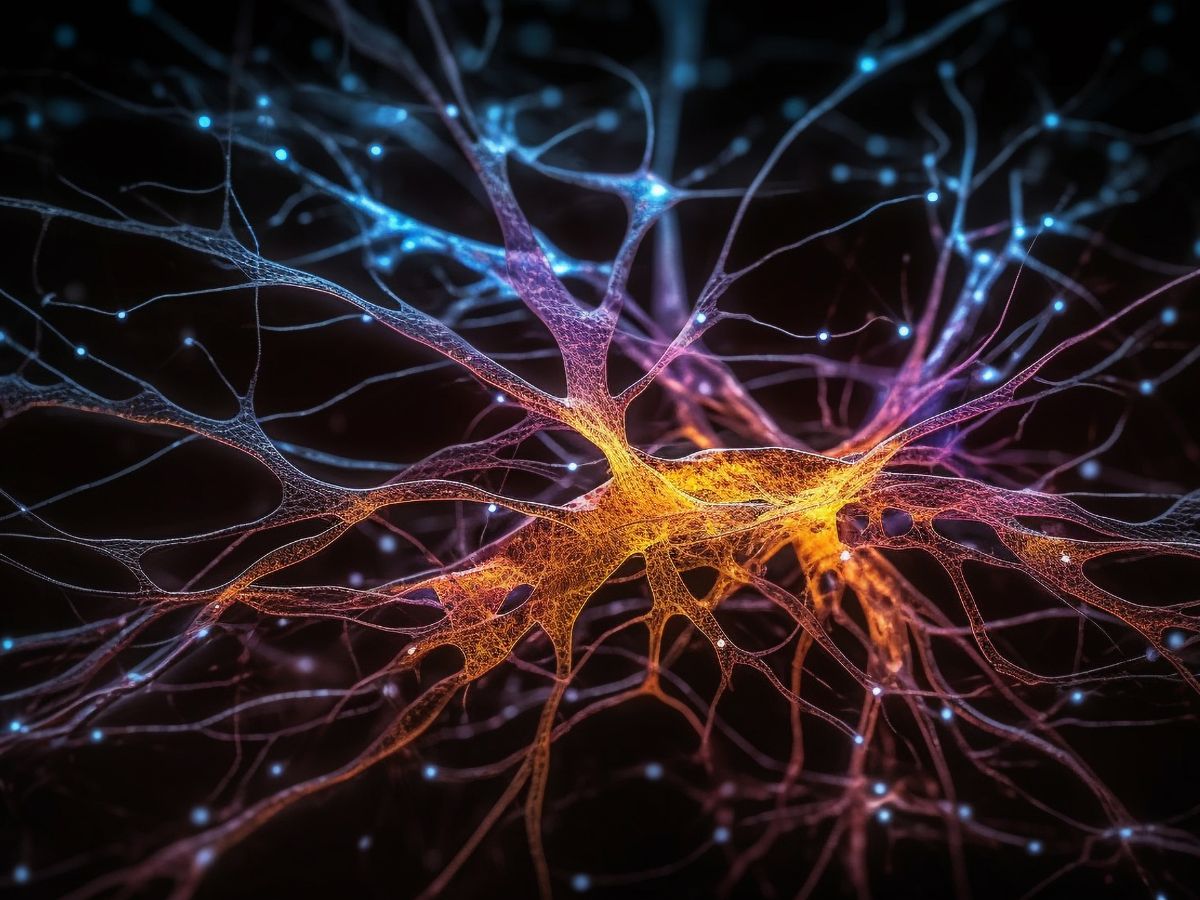
Source: vecstock/ Freepik
His resurrection highlighted how little is truly understood about the ambiguous penumbra between coma and lock-in syndrome. Rigorously re-evaluating the “vegetative” categorization and developing methods to detect consciousness became an imperative underscored by his miraculous experience.
Extreme Tolls Suffered
As one could guess, the family suffered through emotional, physical, and financial tolls during Martin’s 12-year coma. They sacrificed careers, opportunities, and a normal life to provide continuous home care.
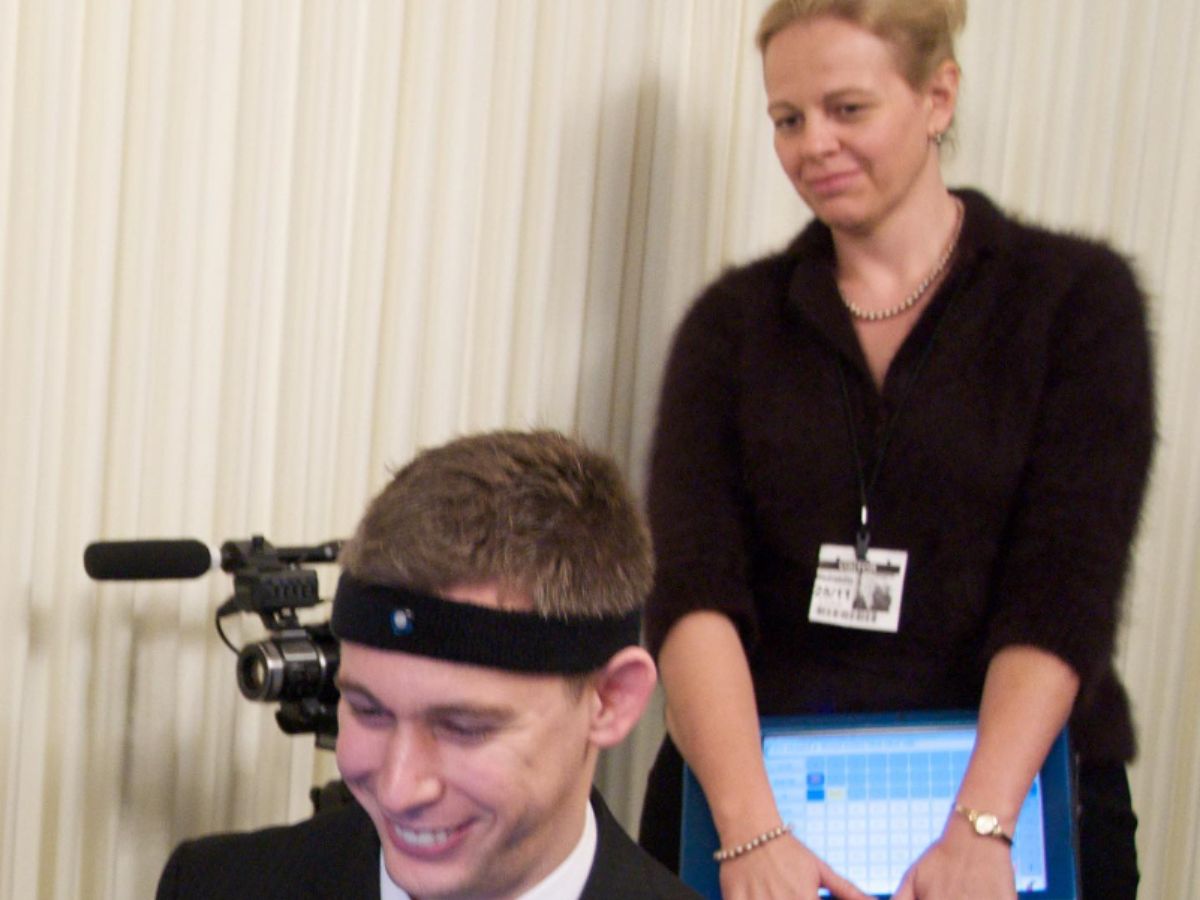
Martin and his now wife ; Source: Martin Pistorius / @martinpistorius / Instagram
Witnessing their loved one’s vibrance extinguished yet perceiving flashes of cognition invoked alternating feelings of anguish and optimism. Advocacy for more caregiver support highlighted how such ordeals push families to heartbreaking extremes.
Relarning Every Aspect of Life
Given his young age when he entered the coma, Martin essentially had to restart his education. He was forced to relearn everything starting with literacy, mathematics, and abstract reasoning. Aside from school, he had to relearn appropriate socialization and practical life skills.
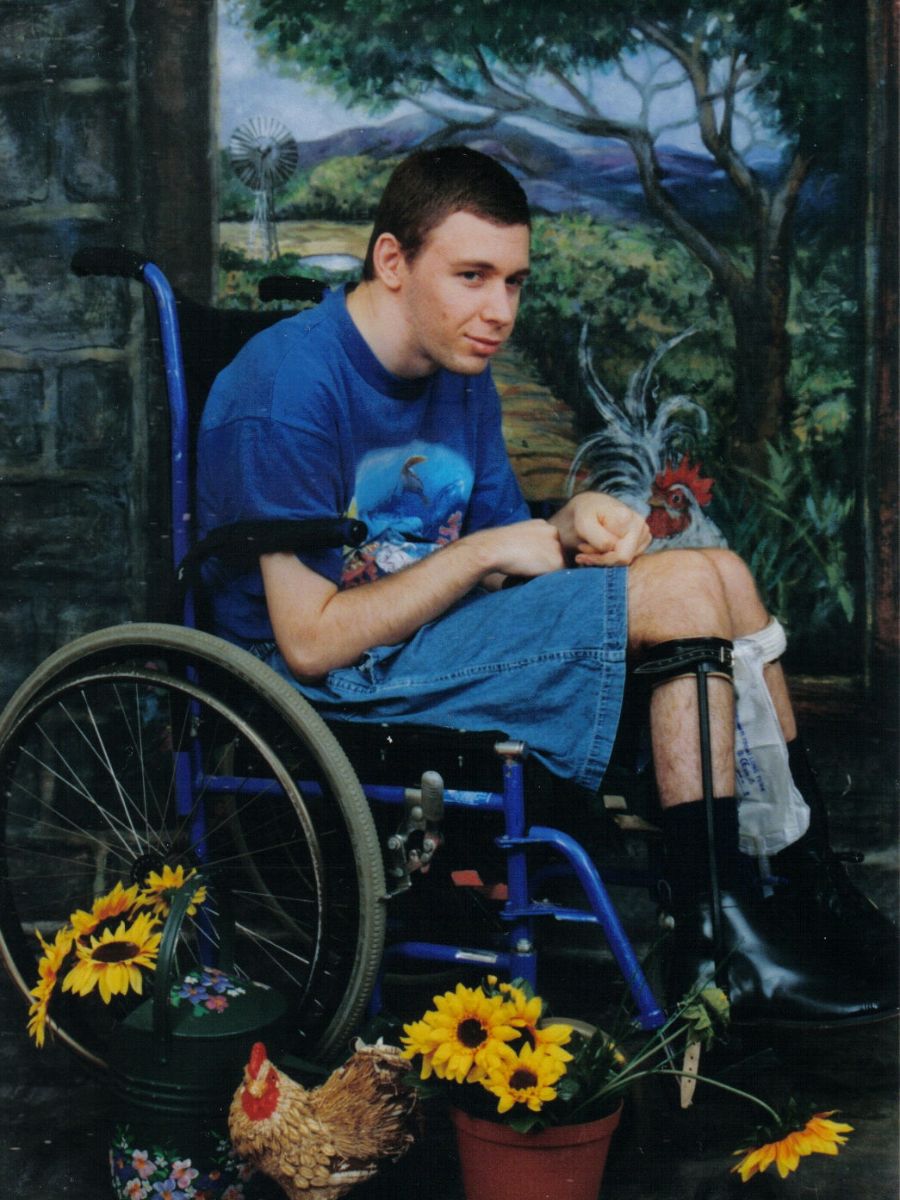
Source: Martin Pistorius/ http://www.ghostboybook.com
Undoing the cognitive deficits of over 12 years of disuse exemplified the obstacles confronting rehabilitation of consciousness disorders.
Missing out on Life's Greatest Treasures
Reclaiming one’s identity, purpose and processing over a decade of changes upon revival from coma posed existential challenges for Pistorius. The man who re-emerged had missed pivotal coming-of-age experiences and life transitions.
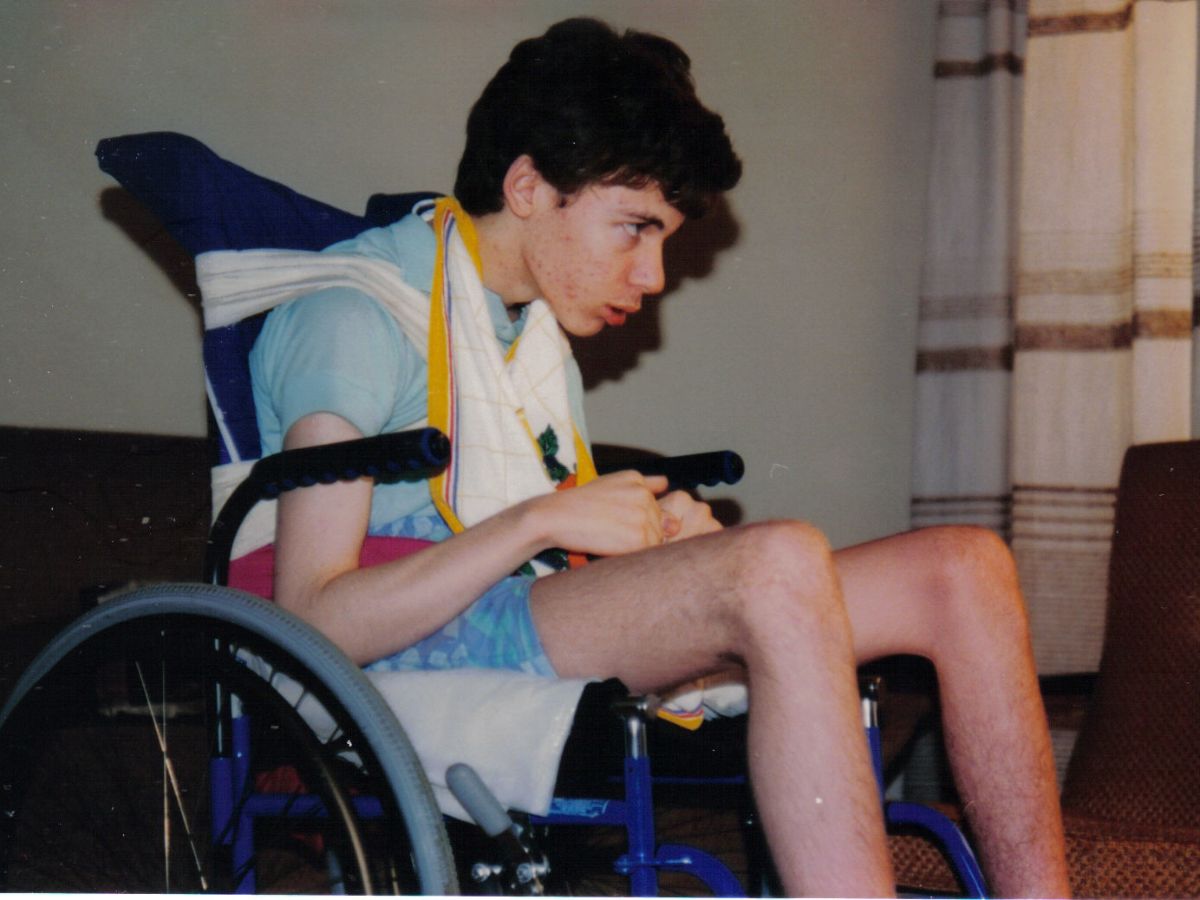
Source: Martin Pistorius/ http://www.ghostboybook.com
Restarting his narrative from suspended adolescence bridged confounding gulfs between past/present. Reconciling that displacement while charting a new path forward transcended simple rehabilitation.
Breaking Through Assumed Limits
Martin’s revival from the coma crushed the assumptions regarding maximal brain and body recovery. Regaining abilities like speech, mobility and independence long after being permanently incapacitated redefined perceived boundaries for neural and physiological rehabilitation of consciousness disorders.
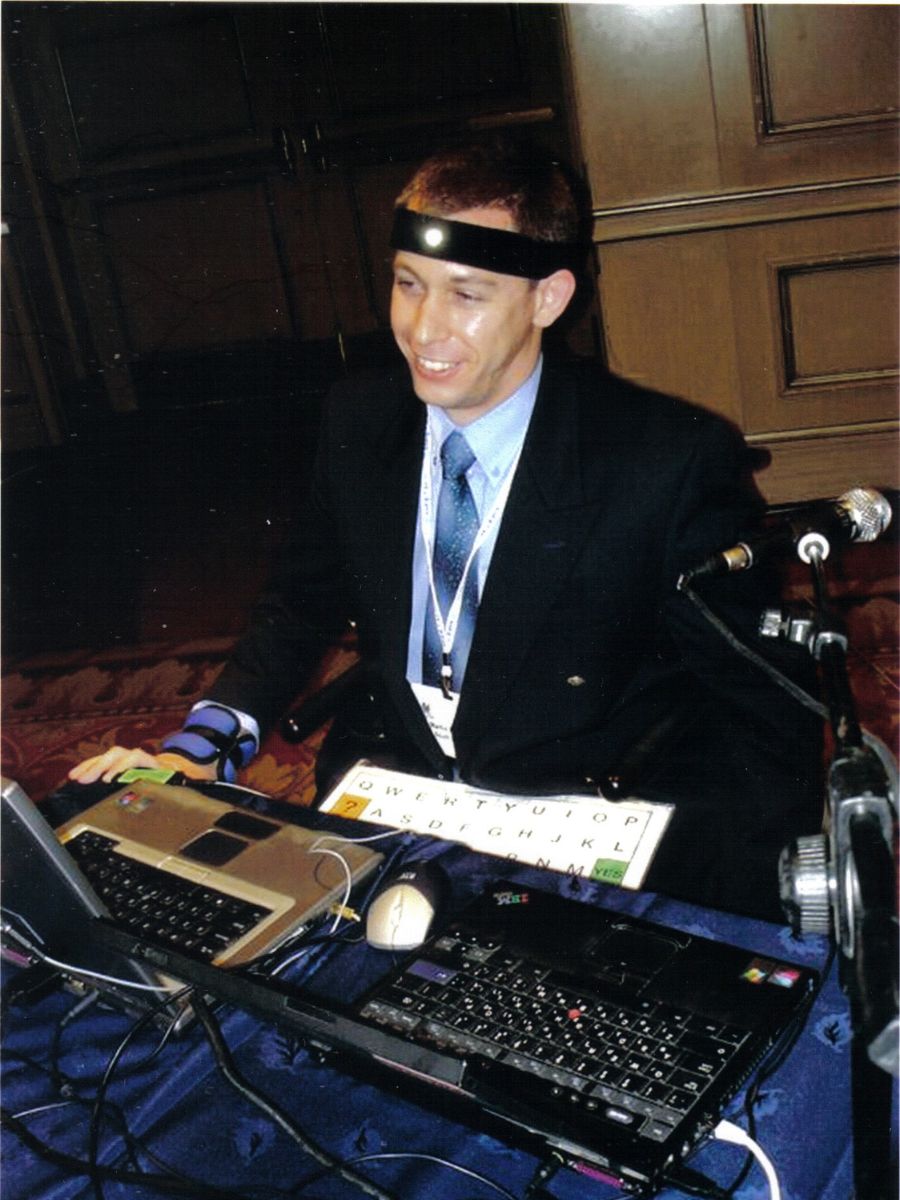
Source: Martin Pistorius/ http://www.ghostboybook.com
His achievements inspirationally expanded the realm of seemingly intractable conditions worth endeavoring treatment.
A New Meaning to Life
Post the 12 year coma, Pistorius had an entirely new life meaning. This was centered on appreciating each moment and helping others to find hope.
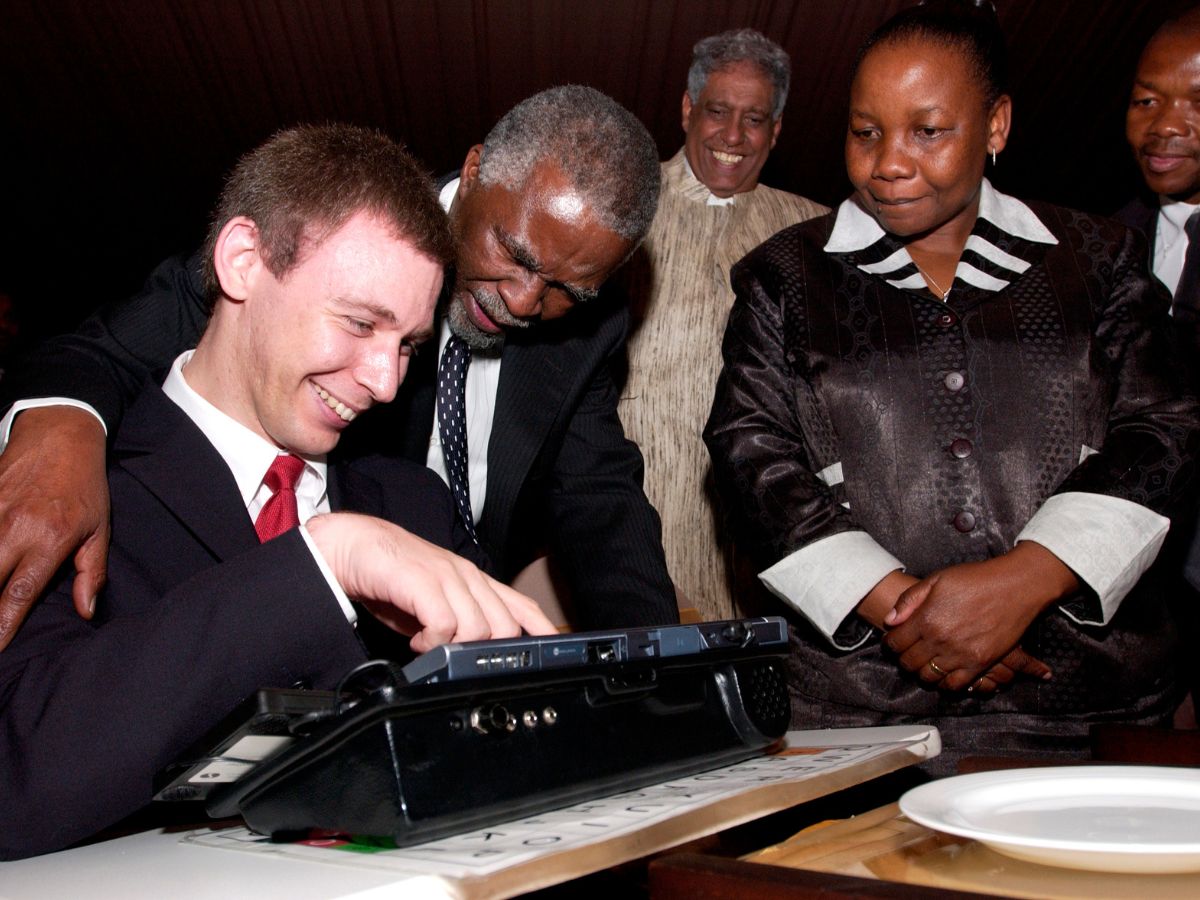
Source: Martin Pistorius/ http://www.ghostboybook.com
Having experienced years trapped in his body, he found purpose in advocating for greater understanding of disorders of consciousness and showing that recovery is possible through perseverance and compassion.
Hope Prevails
In order to cope with the 12 year long coma, nurturing hope was essential for his family to believe in a possible revival. They continued his care regimen, stayed engaged everyday through speech and touch, and even celebrated minor responsiveness.

Source: grmarc/ Freepik
Their persistent optimism was vital, preventing them from succumbing to assumptions about his vegetative state’s permanence. Nurturing hope empowered his miraculous reawakening.
Roles Reversed
Unfortunately for his parents, all they were able to do for 12 years was essentially parent from the sidelines. They continuously nurtured his physical needs as they were powerless in guiding his mental and emotional development.
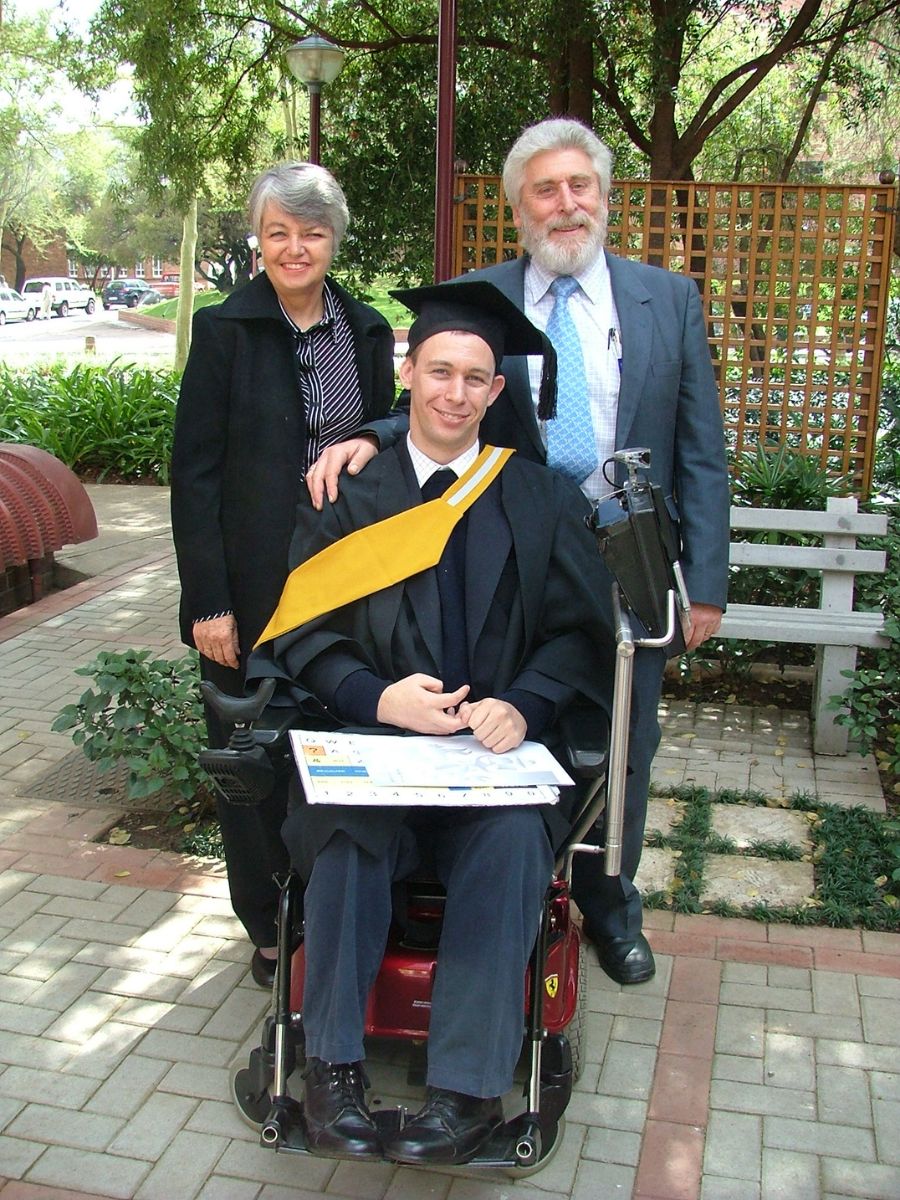
Source: Martin Pistorius/ http://www.ghostboybook.com
Once revived, they had to watch, support, and celebrate his relearning of once-innate skills – a profound role reversal. Their steadfast love created an environment for his Second Childhood to blossom.
A Second Chance at Childhood
After regaining consciousness at 25 years old, he essentially had to go through childhood once more. Martin had to relearn how to communicate, read, write, and navigate the word successfully.
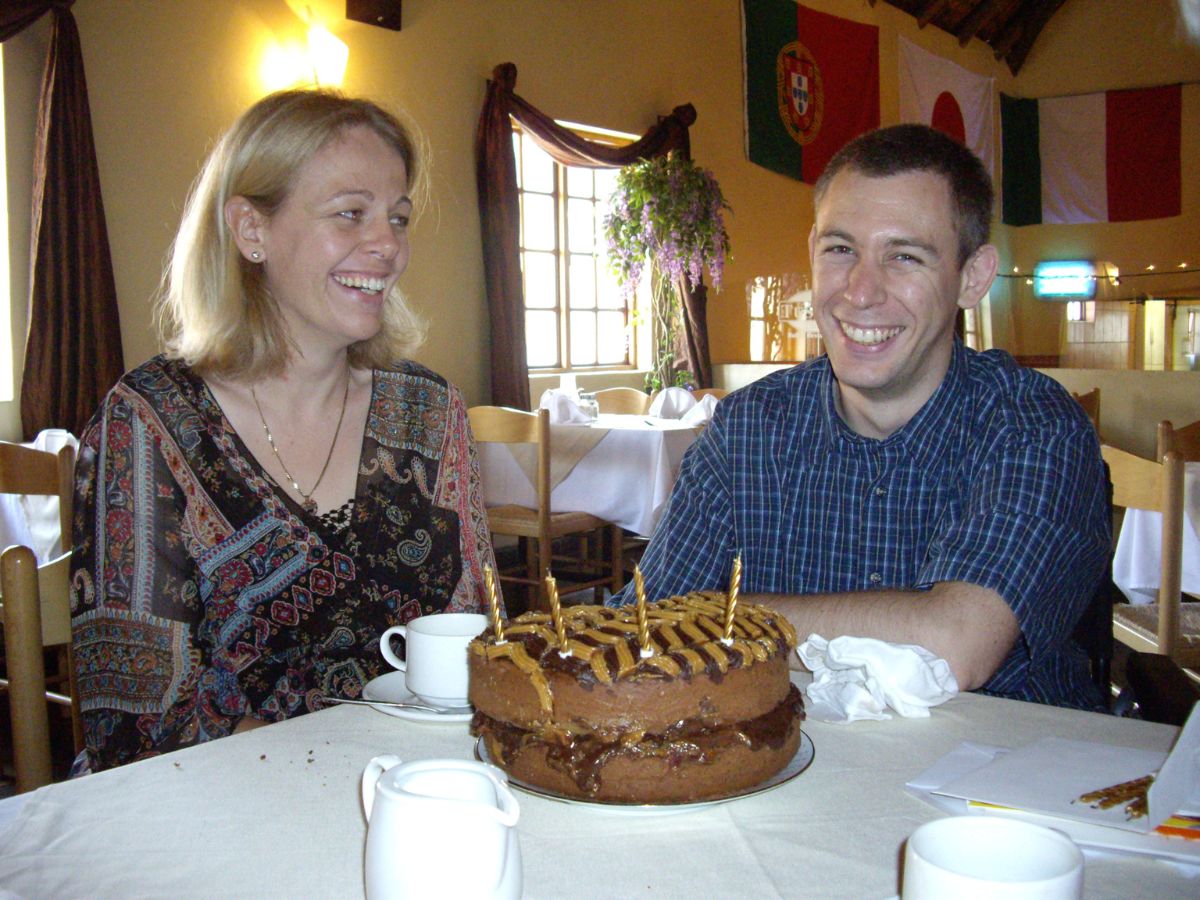
Source: Martin Pistorius/ http://www.ghostboybook.com
With his support system’s devotion, he tackled each milestone patiently, his adult mind wrapped in a child-like struggle to remaster fundamentals. This second childhood stretched his determination while renewing his sense of awe.
A Champion for Change
Martin’s remarkable recovery highlighted the vulnerability of those who are outwardly unresponsive. He championed recognizing their dignity and potential of runner awareness, despite their appearance.
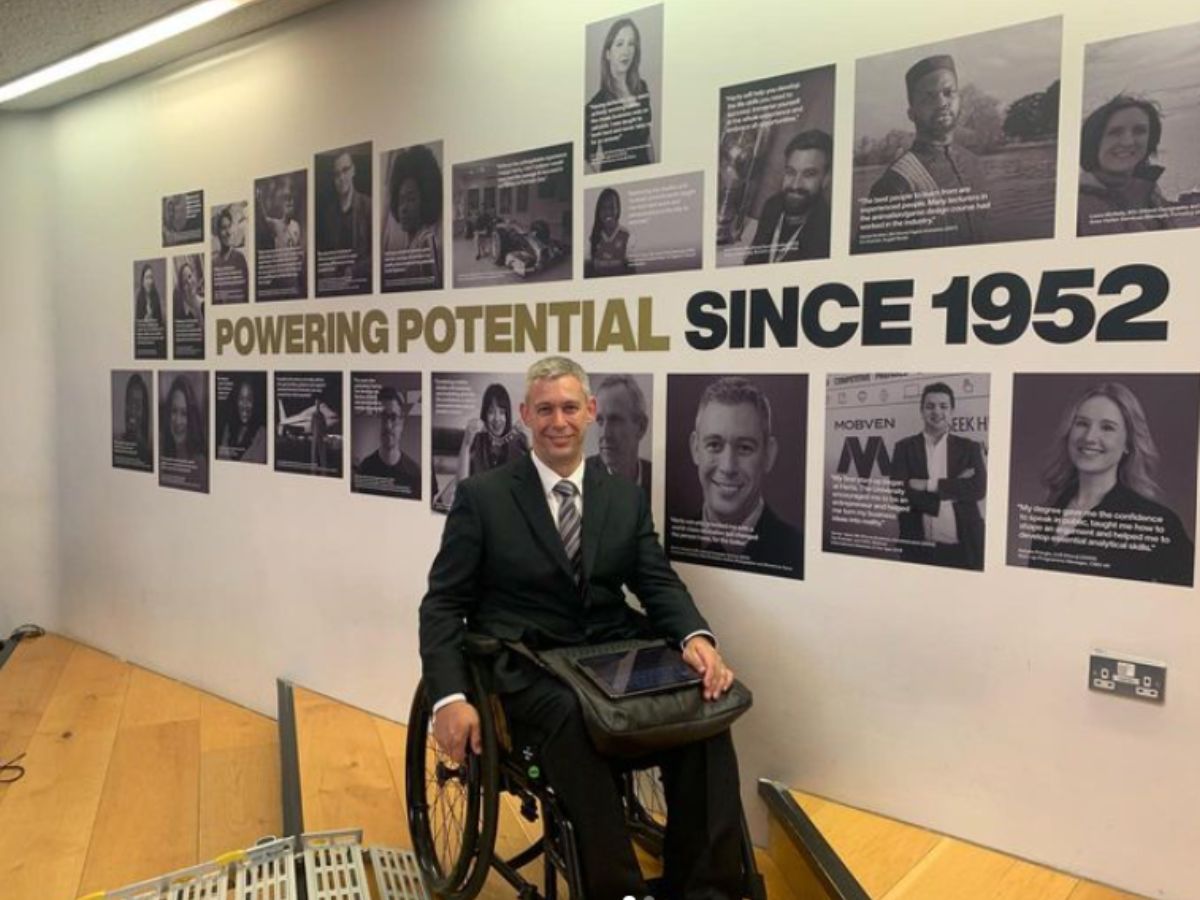
Source: Martin Pistorius / @martinpistorius / Instagram
This meant proper care, opportunities to improve, and avoiding premature assumptions about their condition’s permanence or perceived quality of life. His plight proved the unresponsive have rights deserving protection.
An Inspiration to the Future
After Martin came out of his coma, there was an immediate need for advanced brain monitoring techniques. These are needed in order to better detect consciousness in unresponsive patients. The current methods proved to be insufficient in Martin’s case, which left him misdiagnosed for multiple years.
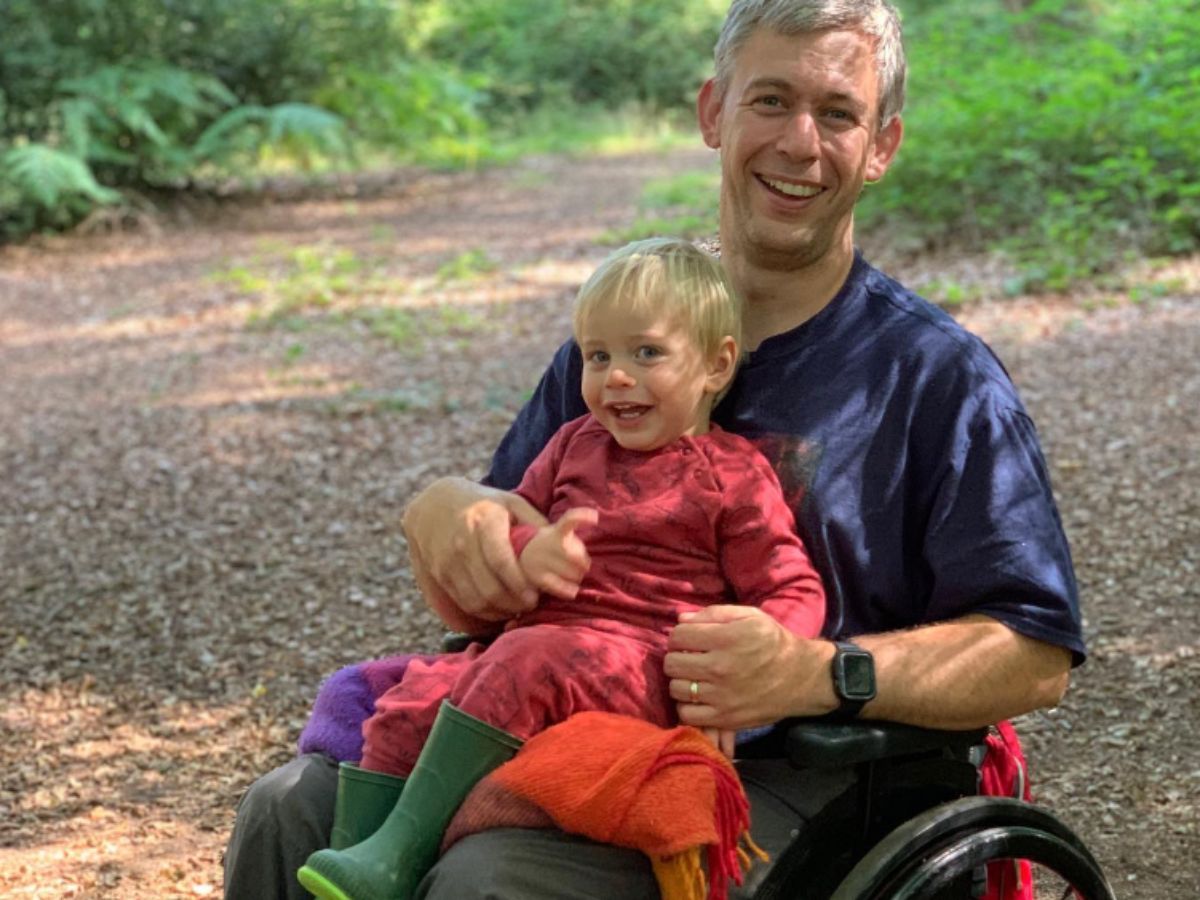
Martin and his son ; Source: Martin Pistorius / @martinpistorius / Instagram
Enhanced neural imaging and neurofeedback could revolutionize this underexplored field, allowing earlier detection and intervention. Martin’s journey inspired investment into technologies providing unresponsive individuals a voice.
Healthcare Fell Short
Unfortunately, Martin’s story highlights the shortcomings of the healthcare system in terms of supporting unresponsive patients. This is mostly due to insufficient funding, a lack of specialized care facilities, and inconsistent treatment protocols – all of which compounds their challenges.
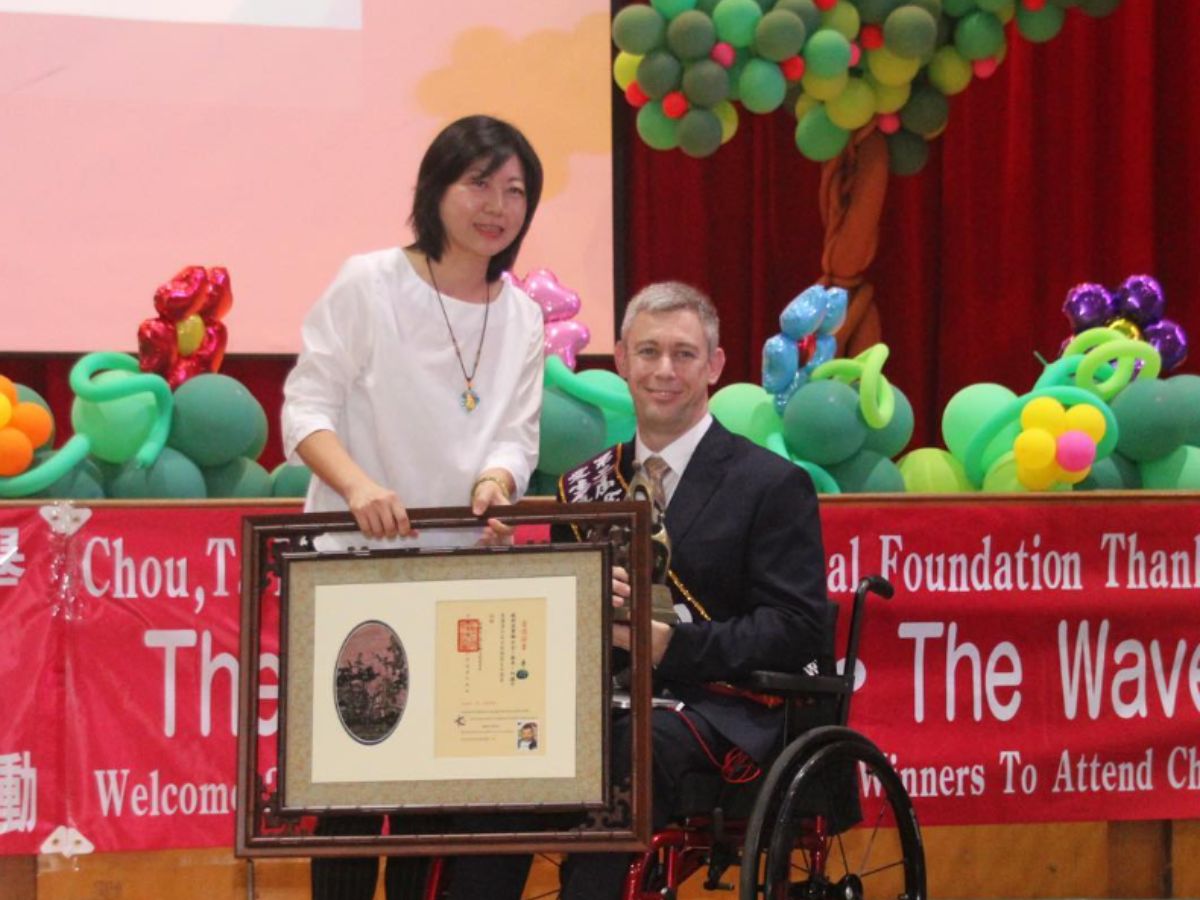
Martin receiving the Fervent Global Love of Life Medal ; Source: Martin Pistorius / @martinpistorius / Instagram
Martin’s public advocacy showcases the systemic neglect of an extremely vulnerable population. His story sparks reforms to improve standards, resources, and family support.
A Difficult Adjustment
After his initial recovery, one of the biggest challenges was adjusting to the technological advancements during his coma. In addition to relearning basic skills, he also had to adjust to things like the Internet, smartphones, and the intense world of social media.

Source: AndreyPopov / Getty Images (Canva Pro)
Mastering these tools opened up incredible opportunities but also came with overwhelming adaptation. Under his family’s guidance, he persisted through the disorientation to become versed in the revolutionary technologies that emerged during his years of unresponsive isolation.
A Remarkable Recovery
After being trapped in his body for over a decade, Martin was able to resume life’s passions. He found joy in simple things like reading, writing, and even conversing.
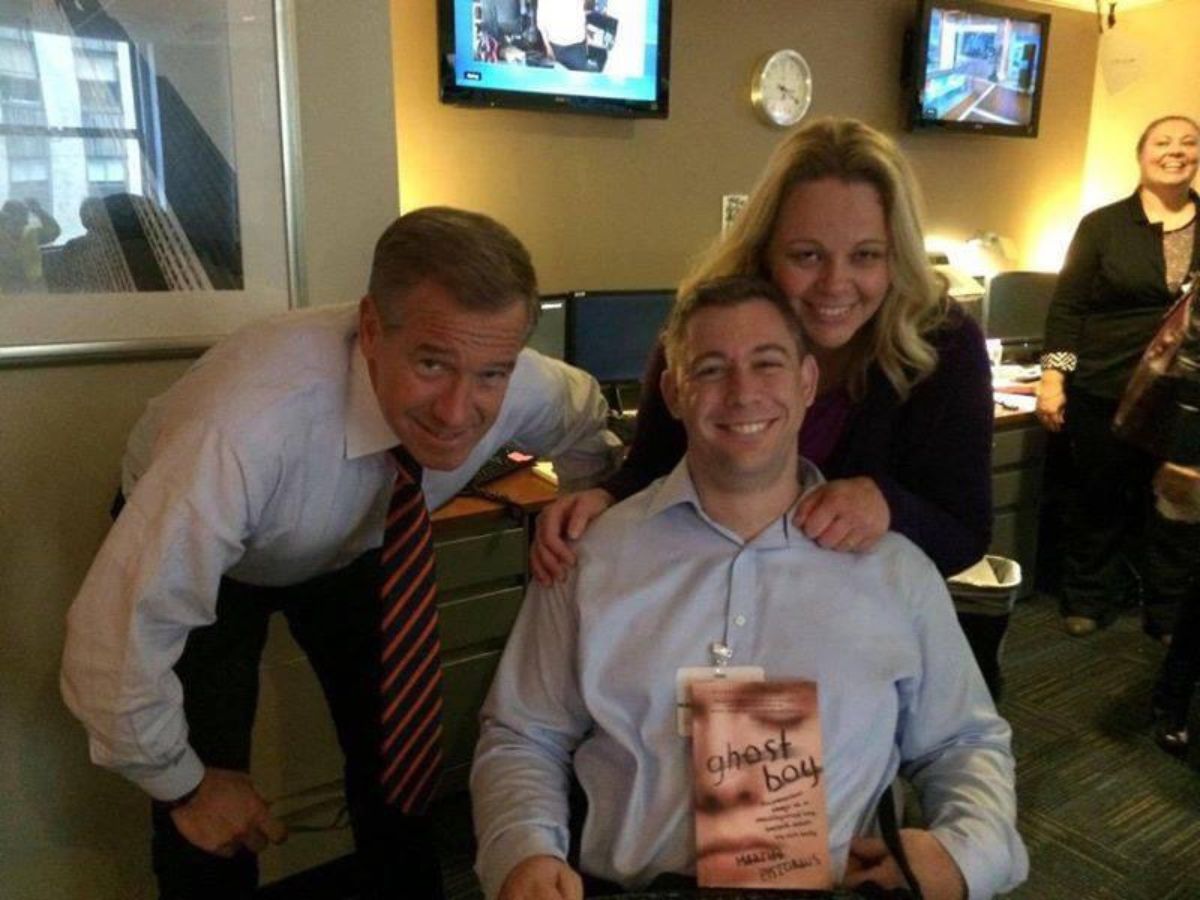
Source: Martin Pistorius/ @martin.pistorius/ Facebook
He could once again nurture curiosities, explore interests, and find purpose – experiences he had been cosmically severed from. Reigniting these inner callings became a driving force in his remarkable rehabilitation.
An Idol to the Public
Given how remarkable and shocking this story is, it naturally captured the attention of people all over the world. His journey put a human face on the catastrophic impacts of consciousness disorders while inspiring hope for afflicted families.
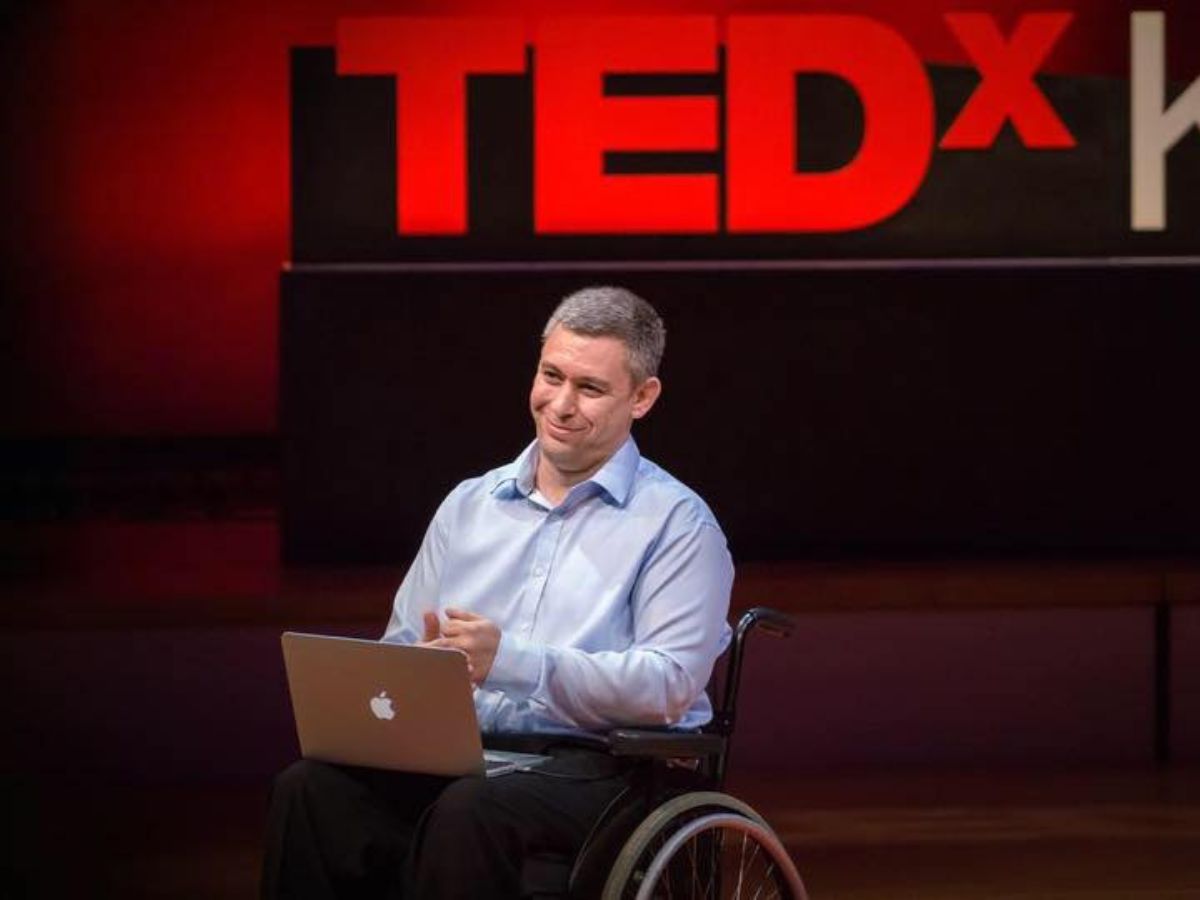
Source: Martin Pistorius/ @martin.pistorius/ Facebook
This newfound awareness sparked crucial dialogues about treatment protocols, patient rights, and better societal support. The public rallied behind his cause as an unlikely hero.
Sharing his Rousing Story
From a prolonged voiceless existence, Martin emerged resolute to leverage his improbable resurrection. He became an authoritative voice advocating for the unresponsive, guided by his unique perspective into their shrouded interior realms.
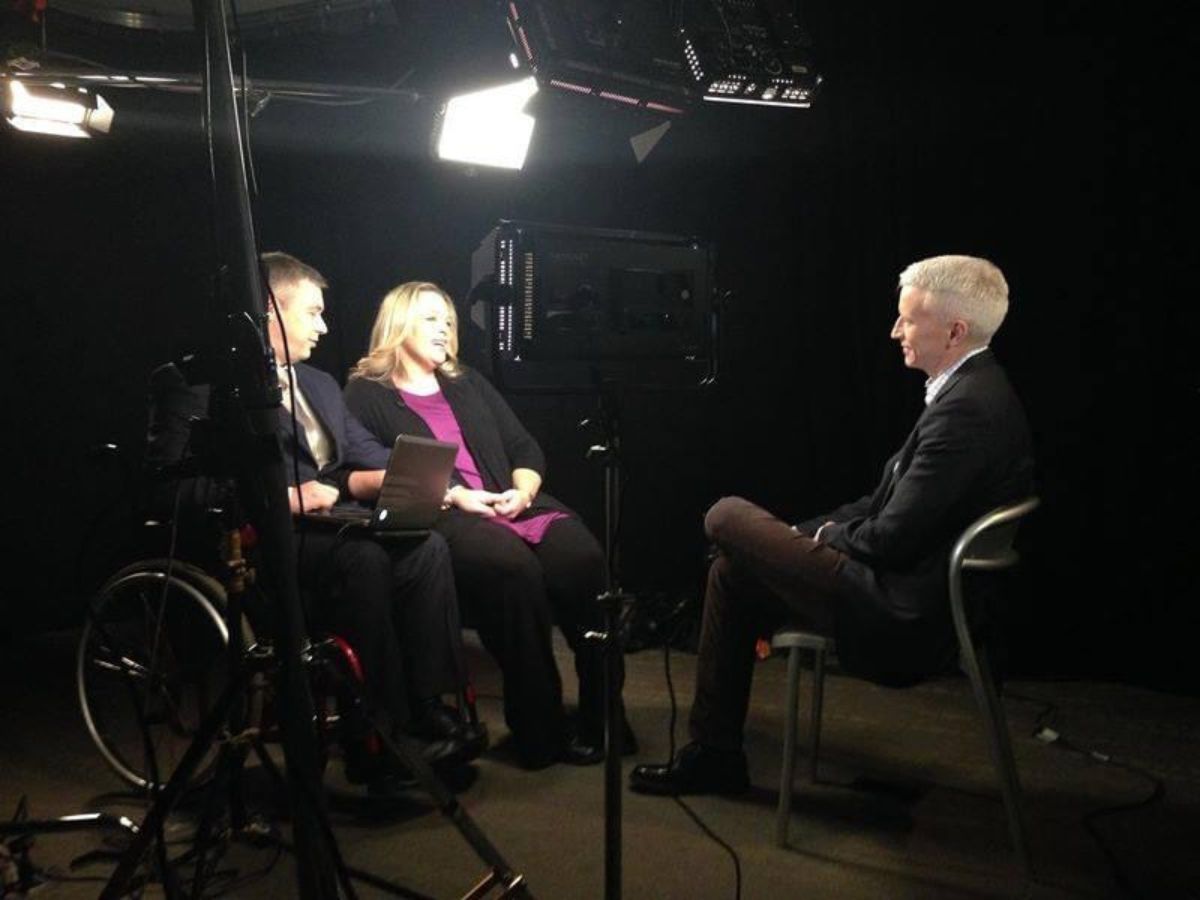
Source: Martin Pistorius/ @martin.pistorius/ Facebook
Through autobiographies, speaking engagements, and activism, he amplified calls for research, ethical practices, and compassion. His lived experience transformed him into an invaluable ambassador.
Martin Pistorius is one of the most remarkable stories of the 21st century. His over a decade-long horror story stands as a profound testament to his resilience. He grinned through a long and painful recovery process, which required countless hours of physical, mental, and emotional hurdles.
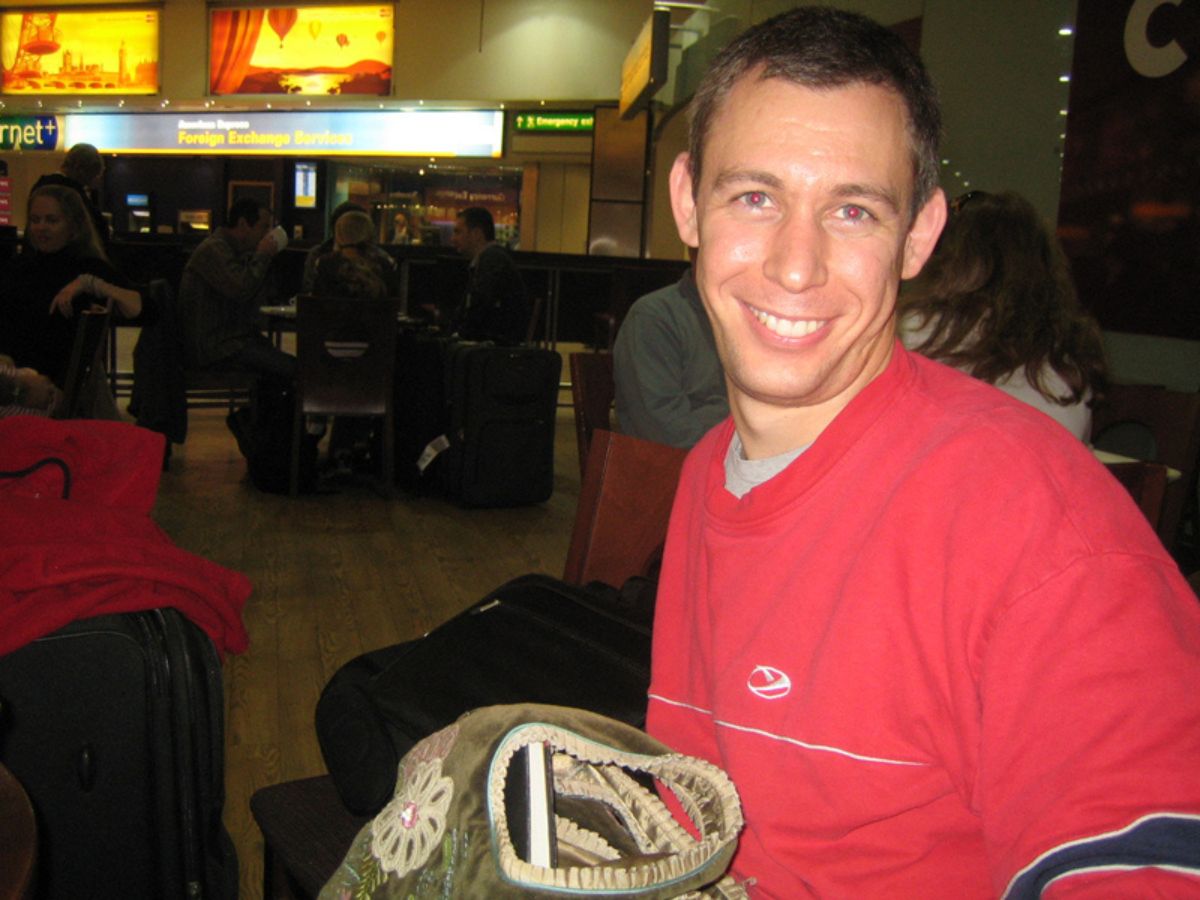
Source: Martin Pistorius/ http://www.ghostboybook.com
Martin’s reawakening reveals the profound mysteries that still shroud human consciousness while giving hope to affected families facing unimaginable hardship. Against all odds, this exceptionally self-aware soul escaped the void to illuminate a brighter path forward for those yet trapped in silence.
